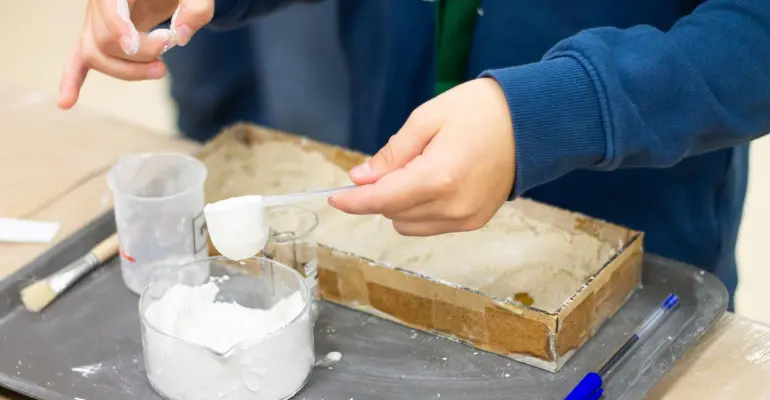
Cement Testing: Ensuring Quality And Durability
2023-11-09

Cement, often referred to as the "glue" that holds our buildings and infrastructure together, is a fundamental material in construction. Its role in providing structural strength and stability cannot be overstated. However, the quality of cement used is crucial, and this is where cement testing comes into play. In this article, we delve into the world of cement testing, exploring its significance, the components of cement, various testing methods, and the importance of ensuring quality in construction.
At its core, cement is a composite material composed of several key components. These include clinker, gypsum, and supplementary cementitious materials (SCMs). Clinker is the primary component, serving as the main binding agent in cement. Gypsum is added to control the setting time, while SCMs like fly ash or slag can be incorporated to enhance specific properties.
The composition of cement has a profound effect on its properties and performance. It influences factors such as setting time, strength, and durability. Understanding the composition allows engineers and builders to choose the right type of cement for their specific construction needs.
Physical testing of cement involves evaluating its properties through various measurements. This includes assessing the setting time, fineness, soundness, and compressive strength. These tests provide essential data for quality control and ensuring cement meets the required standards.
Chemical testing delves into the chemical composition of cement. This includes a chemical analysis to determine the content of specific elements. Additionally, tests for sulfate resistance and alkali-aggregate reactivity (AAR) are crucial to assess the durability of concrete structures.
Mechanical testing examines the mechanical properties of cement, such as tensile strength, flexural strength, and hardness. These properties are critical in understanding how cement will perform under load and pressure in construction.
Quality control testing encompasses batch testing, in-process testing, and final product testing. It ensures that cement production consistently meets specified standards. This quality assurance process is vital in construction to avoid structural issues down the line.
The quality of cement directly impacts the structural integrity of buildings and infrastructure. Poor-quality cement can lead to cracks, reduced strength, and even structural failures. Rigorous testing is essential to ensure the longevity and safety of construction projects.
Cement testing plays a critical role in determining the durability of concrete structures. This includes resistance to environmental factors like chemical attack and moisture. Durability is essential for the long-term performance of structures.
Construction projects must adhere to building codes and standards set by regulatory authorities. Cement testing is necessary to demonstrate compliance with these regulations, ensuring that structures are safe and meet legal requirements.
Non-destructive testing methods, such as ultrasonic testing, X-ray testing, and acoustic emission testing, allow for the assessment of concrete structures without causing damage. These methods provide valuable insights into the condition and quality of cement in existing structures.
Innovations in concrete technology have led to the development of high-performance concrete, including high-strength concrete, self-healing concrete, fiber-reinforced concrete, and ultra-high-performance concrete (UHPC). Testing these advanced materials is crucial to harness their full potential and ensure their reliability in construction.
Sustainability is a growing concern in the construction industry. Cement production is resource-intensive and contributes to carbon emissions. Cement testing laboratories are exploring eco-friendly alternatives and sustainable practices to reduce the environmental impact of cement production.
Nanotechnology is opening new frontiers in cement testing. Nanomaterials can be used to enhance the properties of cement and concrete, making them stronger and more durable. Nanoscale testing methods are being developed to assess these materials accurately.
The integration of artificial intelligence (AI) and machine learning (ML) in cement testing is improving the accuracy and efficiency of test results. These technologies can analyze vast datasets, detect patterns, and predict material behaviour, aiding in the development of high-performance cement.
Cement testing is an indispensable component of the construction industry. It ensures that the cement used in building projects meets the required standards for quality, strength, and durability. Whether it's assessing the physical, chemical, or mechanical properties of cement or embracing advanced testing methods and innovative technologies, the goal remains the same: to deliver safe and enduring structures that withstand the test of time. By prioritizing quality control through cement testing, builders and engineers contribute to the reliability and safety of the infrastructure that surrounds us.
Stay in touch with us to get latest news
Copyright © 2023 MCB Material Testing And Research Center LLP. All rights reserved.
Made with ❤ by Puminati Digital

